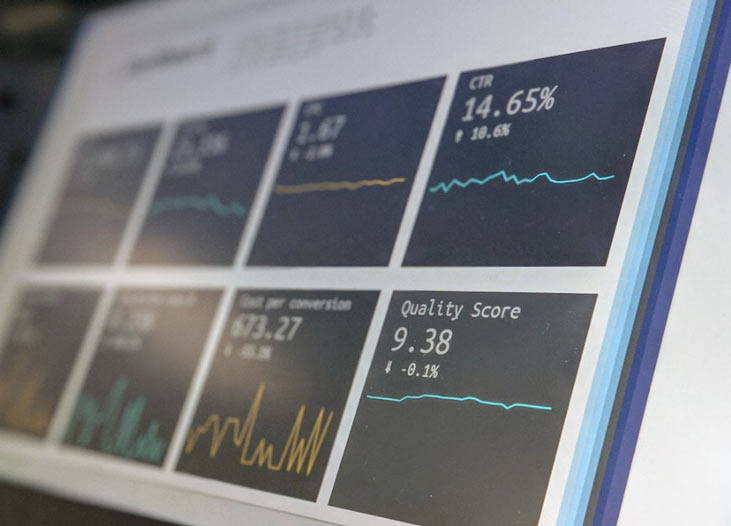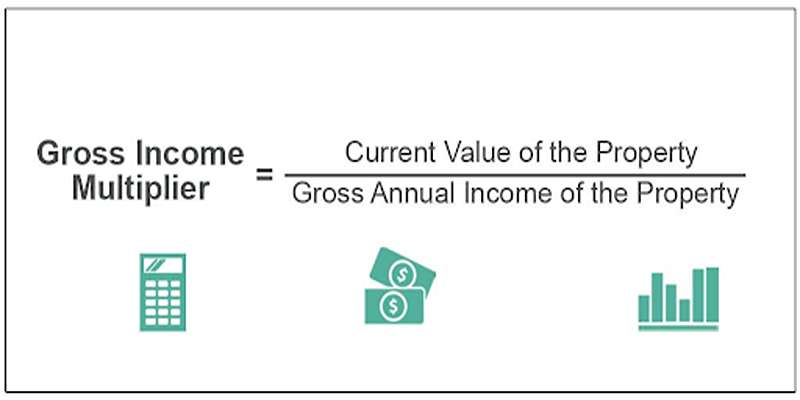Advertisement
Why The Profit Boom Fueling Stocks Is a Mirage
Aug 14, 2024 By Kelly Walker
The stock market is abuzz with record-high profits for the top companies, projecting confidence and excitement across the board. Shareholders bask in anticipation of continued fast gains to follow – but is it too good to be true?
Unfortunately, behind closed doors lies a carefully crafted illusion used by corporations that fail to accurately depict the underlying economic reality - and some might even warn about an impending financial crash from investing too heavily in these unreasonably profitable stocks. We'll explore why the profit boom fueling stocks may be a mirage.
Examining the Causes of the Recent Stock Market Rally

On the surface, the stock market is doing well and will continue to do so in the foreseeable future. But this assumption overlooks crucial data points that may indicate a more complicated situation than initially presented. Let's look at what's driving the current stock market rally.
First, it is important to note that much of this increase can be attributed to low-interest rates set by the Federal Reserve, which have made borrowing money cheaper for corporations. This has allowed them to invest in their stocks with borrowed funds, thereby boosting prices artificially and resulting in higher profits on paper. As these companies can borrow cheaply from the Fed, they have been able to invest heavily in their stock or buy back shares from shareholders, thereby causing a stock market rally.
It is also important to note that the profits reported by corporations are not real earnings but rather an accounting trick used to make their financials look better than they are. Companies use various techniques, such as offshoring profits, overstating revenue, and understating expenses, to increase their bottom line without making any real investments or changes in their business operations.
The Reality Behind Economic Growth and Corporate Profits

When examining the underlying economic reality behind stocks, it is important to consider factors such as job growth, wages, and consumer spending. Unfortunately, these indicators look less promising than the stock market rally suggests.
While unemployment is at a historic low in the US, wage growth has still failed to keep up with inflation. This means that despite an overall decrease in unemployment numbers, people's real purchasing power remains virtually unchanged, which could spell trouble for corporate profits in the future. Consumer spending - a key component of any healthy economy - remains sluggish and needs to improve significantly over the next few months.
This lack of real economic growth indicates that the stock market rally might soon end. The current situation is a "sugar high," where low-interest rates and corporate accounting tricks have artificially propped up investors. When the Fed raises interest rates, or these companies are forced to come clean about their deceptive practices, the stock market could plummet, and many individual investors may quickly find themselves in great financial peril.
Therefore, it is important to take a step back and view the current situation objectively before investing too heavily in stocks with no real economic backing. The profit boom fueling stocks right now might be nothing more than a mirage – and entering this illusionary world could prove costly in the long run.
Factors Are Driving Stock Prices Higher
The stock market rally of the past few years can be attributed to several factors. Chief among these is low-interest rates from central banks, corporate accounting tricks, and overall optimistic market sentiment.
Low-interest rates have made borrowing money easier for corporations, who can then use that money to buy back their stocks, thereby driving up prices artificially. Accounting tricks such as offshoring profits and overstating revenue also help make financials look better than they are, which makes investors more likely to invest in these companies.
Finally, an overall optimistic outlook on stocks has also been a major driver of higher stock prices as investors flock to what may seem like seemingly safe investments - even if any real economic growth doesn't back those investments.
While these factors are driving stock prices higher in the short term, it is important to remember that they may not be sustainable in the long term. When interest rates rise, or companies are forced to come clean about their financials, stock prices may quickly plummet, and investors could find themselves in trouble.
Therefore, it is important to understand the reality behind stocks and only invest what one can afford to lose. Otherwise, individual investors could face substantial losses if and when the markets drop.
How Long-Term Investors Should Proceed with Caution
Long-term investors should still be cautious when it comes to the stock market. While a short-term rally might be enjoyable and even bring some profits, the underlying economic reality is still of great concern. Wages must keep up with inflation, and consumer spending is stagnant, indicating that the current stock market rally might be short-lived.
Investors should also be aware of any potential risks associated with investing in stocks. Factors such as rising interest rates, corporate accounting tricks, and overall optimistic sentiment in the markets could all contribute to a sudden crash if these conditions don't remain stable.
Therefore, it is important for long-term investors to stay informed about the economy and to only invest what they can afford to lose to minimize their risk during volatile times.
When it comes to the stock market, it is essential for investors to remain vigilant and to proceed with caution.
While a short-term rally might bring temporary gains, long-term investors should consider the underlying economic realities that could quickly sink markets if conditions change. Stay informed about the economy and only invest what you can lose to minimize risk and ensure secure financial stability.
FAQS
How do stocks perform in a strong economy?
Generally, stocks tend to perform better in a strong economy where businesses thrive, and consumer spending is high. When favorable economic conditions, investors have more confidence in companies' ability to generate profits, and the stock market tends to benefit from increased demand for shares.
How does stock price impact economic growth?
Stock prices can significantly impact economic growth, as they indicate investor confidence in the economy. When stock prices are high, investors tend to be more willing to take risks and invest in companies' stocks, which can lead to increased capital investments and ultimately result in economic growth.
Conversely, when stock prices drop due to a lack of confidence in the economy, investors are more likely to pull out their investments, decreasing economic growth.
How can the stock market grow faster than GDP?
The stock market can grow faster than GDP due to several factors. First, when investors have confidence in the economy and are willing to take risks, they invest more money into stocks, which can rapidly increase stock prices.
Investor sentiment can also be a key factor in driving up stock prices, even if the underlying.
Conclusion
While the current stock market looks rosy, financial markets are cyclical, and profits can quickly evaporate. To gain insight into any sector, it's necessary to look beyond the surface of the latest profit figures and consider what could happen to companies based on potential risks stemming from their sectors. This data was problematic because those profits were generally driven by one-time accounting quirks and debt-leveraged buybacks rather than fundamental earnings growth. History has shown us that when large numbers of companies cut costs at once when the economy slows, it becomes increasingly difficult for businesses to remain competitive.
Advertisement

SIMPLE IRA Vs. Traditional IRA: What’s the Difference?

Best RV Insurance Companies

Are REITs Beneficial During a High-Interest Era?

Why The Profit Boom Fueling Stocks Is a Mirage

What Is a Gross Income Multiplier?

Everything You Should Know About Mechanical Investing

Investing $100 a Month in Stocks for 30 Years

The Best Ebike (Electric Bike) Insurance

When is the Right Time to Buy a House?

